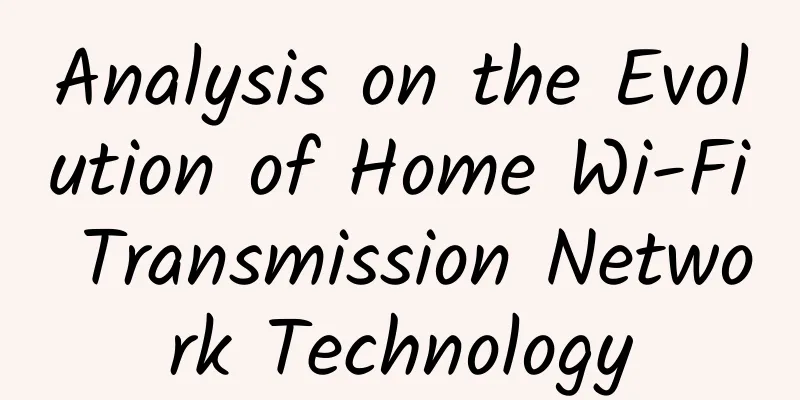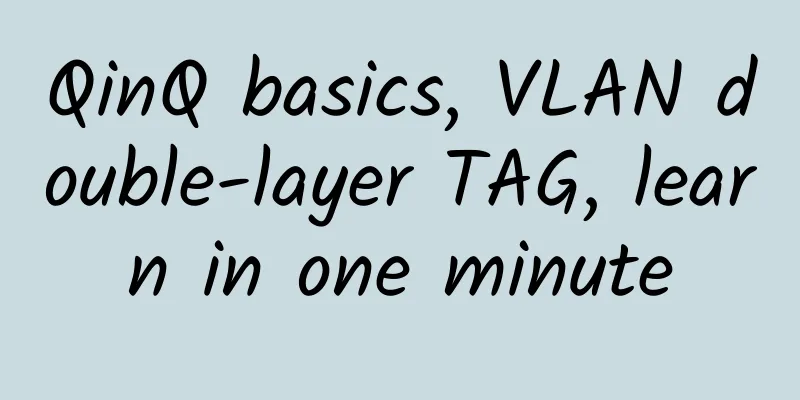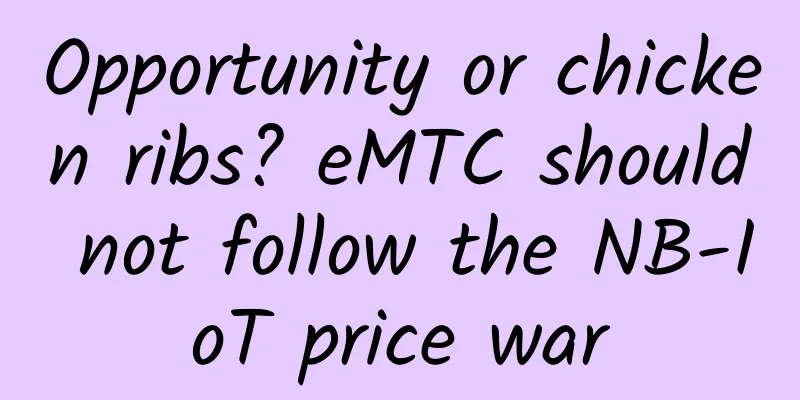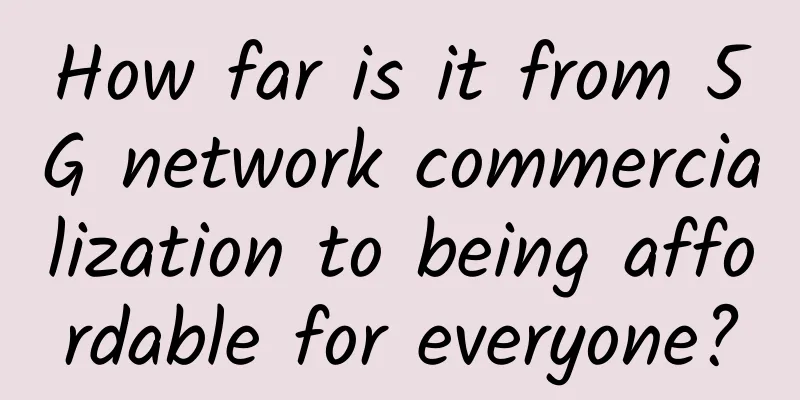The network protocols behind server push, online gaming, and email
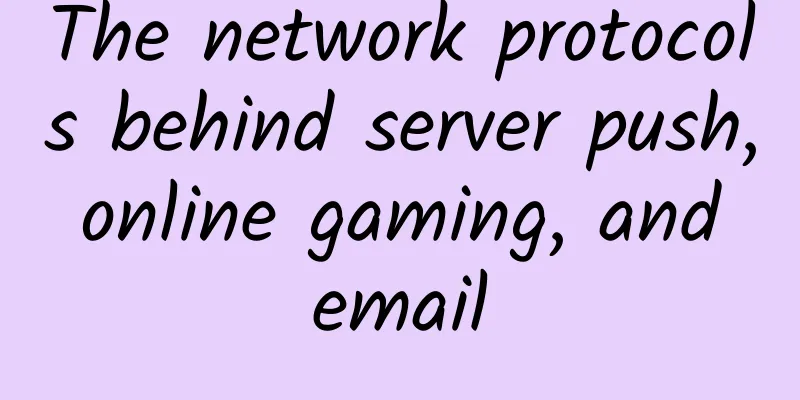
|
We have talked a lot about network protocols before, and now we will take a deep dive into the key network protocols and their role in different applications. The focus is on understanding how these protocols shape the way we communicate and interact on the Internet. We will delve into the following areas: WebSocketIn the previous discussion, we looked at HTTP and its role in the typical request-response interaction between a client and a server. HTTP performs well in most situations, especially when the response is immediate. However, in situations where the server needs to proactively push updates to the client, especially when those updates depend on events that the client cannot predict (such as actions by other users), HTTP may not be the most efficient approach. This is because HTTP is fundamentally a pull-based protocol, where the client must initiate all requests. So, how do you get the server to push data to the client without requiring the client to predict and request each update? There are typically four ways to handle this push-type communication, as shown in the following figure. 1. Short pollingThis is the most basic approach. In this approach, the client, usually a web application running in our browser, continuously sends HTTP requests to the server. Imagine a scenario where we log into a web application and are asked to scan a QR code with our smartphone. This QR code is usually for a specific action, like authentication or starting a process. The web application does not know when we will scan the QR code. Therefore, it sends a request to the server every 1-2 seconds to check the status of the QR code. Once we scan the QR code with our smartphone, the server recognizes the scan and then sends back the updated status in the next check request from the web application. This way, we will get a response within the next 1-2 seconds after scanning the QR code. Due to this frequent check, we call this approach “Short Polling”. There are two problems with this approach:
2. Long pollingLong polling solves the problem of short polling by setting a longer HTTP request timeout. It can be understood like this: we adjust the timeout to 30 seconds. If we scan the QR code within this time period, the server will send a response immediately. This approach significantly reduces the number of HTTP requests. However, long polling is not without its challenges. Even though long polling reduces the number of requests, each open request still requires a connection to the server. If there are many clients, this can put a strain on server resources. 3. WebSocketShort polling and long polling are suitable for simple tasks, such as scanning QR codes. But for complex, data-intensive tasks that require real-time interaction, such as online games, a more efficient solution is needed - that is WebSocket. TCP inherently allows for bidirectional data flow, enabling clients and servers to send data to each other simultaneously. However, HTTP/1.1, which is based on TCP, does not fully utilize this capability. In HTTP/1.1, data transmission is usually sequential - one party sends data, and then the other party responds. This design is sufficient for web page interactions, but it is insufficient for applications such as online games that require real-time interaction. WebSocket is another TCP-based protocol that allows full-duplex communication over a single connection, filling this gap. We will introduce it in detail later. 4. SSE (Server-Sent Events)SSE, or Server Push Events, is suitable for specific use cases. When a client establishes an SSE connection, the server keeps this connection open to continuously send updates. This setup is ideal for situations where the server needs to push data to the client periodically, and the client only needs to receive the data without sending information to the server. A typical example is real-time stock market data updates. Using SSE, the server can push real-time data to the client every time there is an update, without sending a request for each update. It is worth noting that unlike WebSocket, SSE does not support two-way communication, so it is not very suitable for use cases that require two-way interaction. How to establish a WebSocket connectionTo establish a WebSocket connection, we need to include specific fields in the HTTP header that tell the browser to switch to the WebSocket protocol. A randomly generated Base64-encoded key (Sec-WebSocket-Key) is sent to the server. Request header: Server response headers: Status code 101 indicates that the protocol is switching. After this additional handshake, the WebSocket connection is established, as shown in the following figure: 9f2ff945-1c60-4e43-9252-474e74dc4fe7_1600x1303.png WebSocket MessagesOnce HTTP is upgraded to WebSocket, the client and server will exchange data in frames. Let's take a look at what the data looks like: The operation code (Opcode) is a 4-bit field that indicates the type of frame data.
The payload length can be a 7-bit field or it can be extended to include an extended payload length. If both length fields are fully utilized, the payload length can represent several terabytes of data. WebSocket is suitable for scenarios such as online games, chat rooms, and collaborative editing applications that require frequent interactions between clients and servers. RPCRPC allows functions to be executed on different services. From the calling program's perspective, it appears to be executing the function locally. The following figure shows the difference between local procedure calls and remote procedure calls. We can deploy modules such as order management and payment in the same process or on different servers. When deployed in the same process, this is a local function call. When deployed on different servers, this is a remote procedure call. Why do we need RPC? Can't we use HTTP to communicate between services? Let's compare RPC and HTTP in the following table. The main advantage of RPC over HTTP is its lightweight message format and superior performance. For example, gRPC is an example, it runs on HTTP/2 and due to this, it has better performance. Next, we will explore another important application layer protocol - RPC (Remote Procedure Call). Let's understand the operation process of gRPC step by step:
|
<<: git clone network speed is too slow, what to do, teach you how to solve
>>: Say hello politely - TCP protocol three-way handshake
Recommend
The number of 5G package users exceeds 600 million, and the profits of the three major operators have skyrocketed. Is 5G starting to make money?
In June 2019, the four major operators obtained 5...
The era of ubiquitous smart devices and edge computing is coming
Edge computing is on the rise. Are you ready for ...
The Bluetooth market will grow steadily in the future, and the Bluetooth SIG will continue to make efforts
On April 15, the Bluetooth Special Interest Group...
In-depth analysis of the difficulties and challenges of 5G core network construction
At present, the core network is in a critical per...
Emirates du and Huawei jointly launch the world's first "5G-A Smart Home" with 10G network support
During the Global Mobile Broadband Forum (MBBF202...
I strongly oppose passing data between services through cache!
[[408610]] The movement of data requires a carrie...
Rethinking the future of 5G through the lens of extended reality (XR)
5G technology is developing globally, and Singapo...
It turns out that there are so many tricks in O2O search! Meituan Xian Yunsen reveals how to make services smarter
[51CTO.com original article] The Global Software ...
7 things you need to know to successfully deploy AIOps
From ride-hailing algorithms to customer service ...
IDC survey: Only 9% of enterprises plan to use 5G for IoT deployment
5G promises to be ten times faster than existing ...
5G and the Internet of Things: What does it mean for the telecommunications industry?
Today, in the telecommunications sector, 5G and I...
Explore F5G industry scenario application practices and promote the digital transformation of enterprises into a new journey
More and more industry cases tell us that F5G (fi...
Four Key Words for Successful Large-Scale Deployment of IPv6
【51CTO.com original article】In 2019, IPv6 transfo...
September operating data of the three major operators: 5G enters the harvest period after entering the "warming up" mode
Unconsciously, the third quarter of 2020 has come...
How to protect remote workers from cyber attacks?
[[400945]] During the coronavirus outbreak around...
